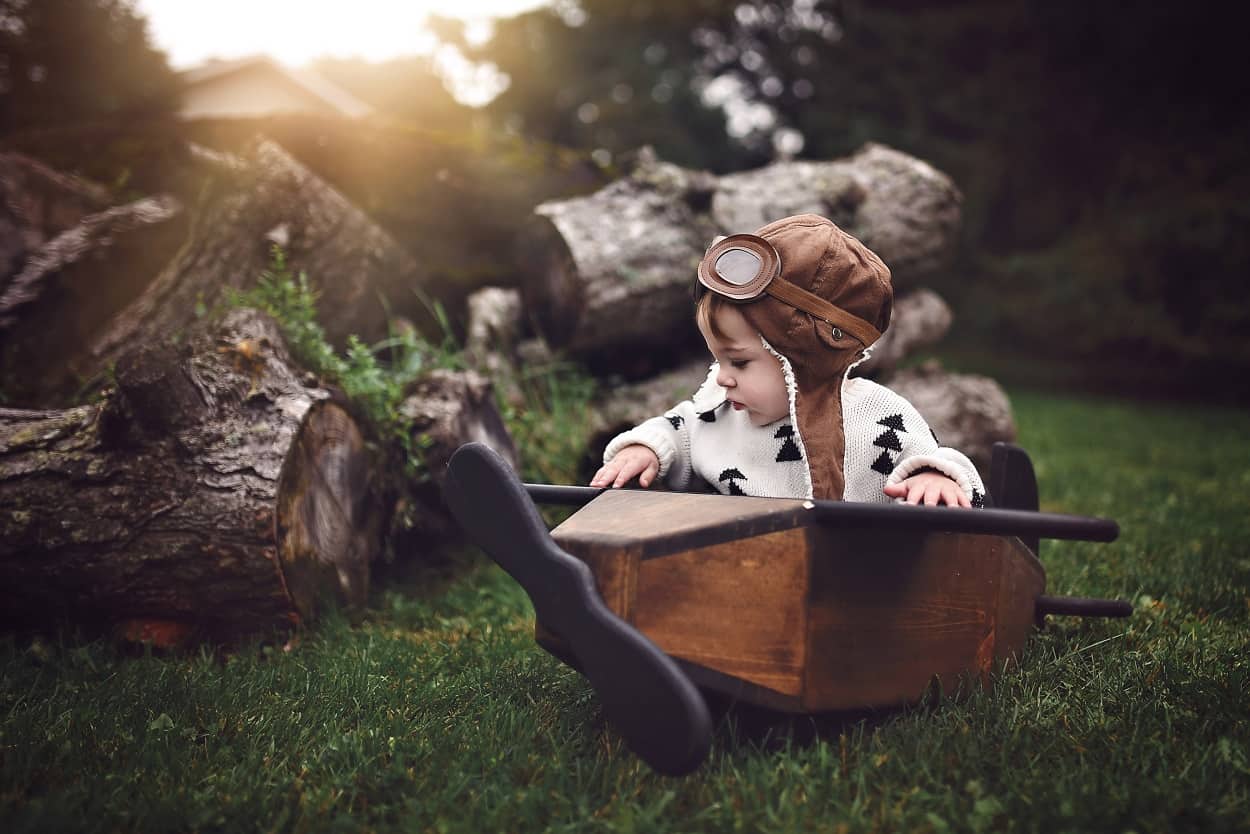Designing your dream house could be an immensely gratifying experience. Seeing that your dream bed, velvety sofa, exquisite ornaments, fragile stained glass lamps and Italian furniture among other things are finally within reach.
However, your plans a few years back may not be aligned with your present life – especially with kids now in the equation.
Buying pieces and furniture for the house does not only pertain to practicality and aesthetics, it also imposes the question ‘Is this thing safe enough for the kids?’
In their attempt to make their home as child-friendly as possible, parents are commonly faced with safety issues when buying things for the house.
Brand, visual appeal, and decor style does not speak to parents anymore. It’s only if the furniture/ornament/et cetera passes the four-question test – that it’s good to go and worth considering buying it for the home.
Parents usually consider the following questions of safety when buying something for their kid-friendly home:
#1 Is it durable?
#2 Is it sharp?
#3 Is it stain-proof?
#4 Is it poisonous?
Once the checklist is clear, then they proceed to questions of beauty. Always prioritize the safety of the kids not only in choosing the right furniture but also in designing your home.
They are in the exploratory stage, so if you do not take precautions, it might make matters worse for both of you and the child.
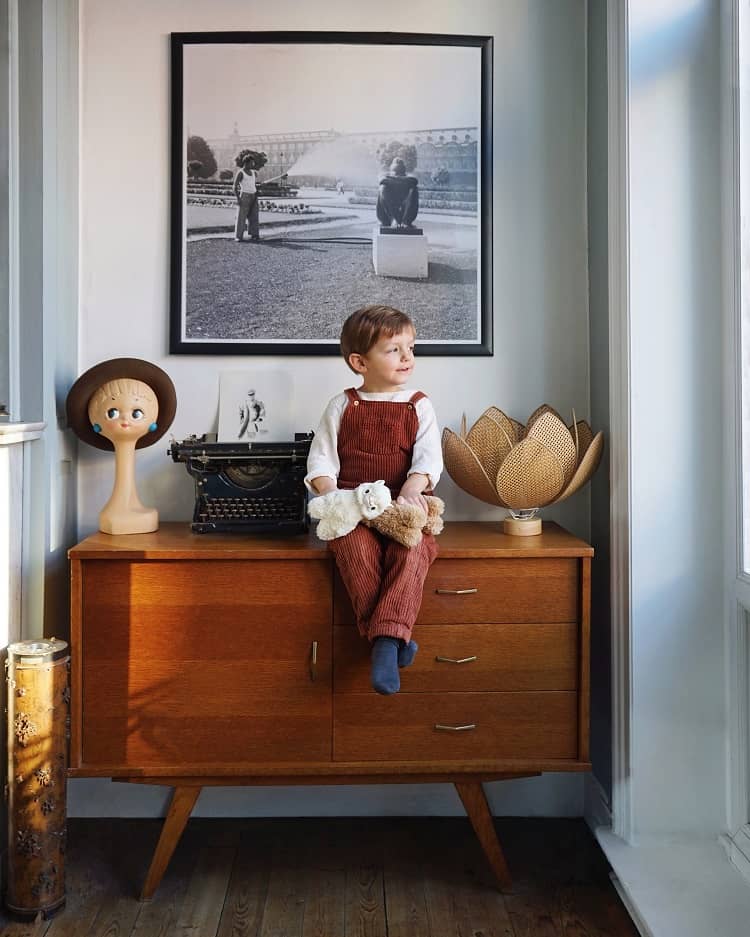
While minor bumps or bruises are part of growing up, there are still a lot of things you can do to lower the occurrence of these incidences. Here are some great places to start with to make your home more kid-friendly:
Edges
This is the most basic thing to consider in designing a child-friendly home and buying things to equip the house. No matter how spacious the place is, children will always find a corner to somehow bump into.
That’s why it’s important, whenever possible, to opt for furniture with soft, rounded edges.
In case you have already purchased furniture with sharp or pointed edges, you will have to resort to covering said edges with a corner guard.
Not only can you protect your child from unnecessary accidents, you will also be at peace letting the kids play around the house without you chasing after them all of the time.
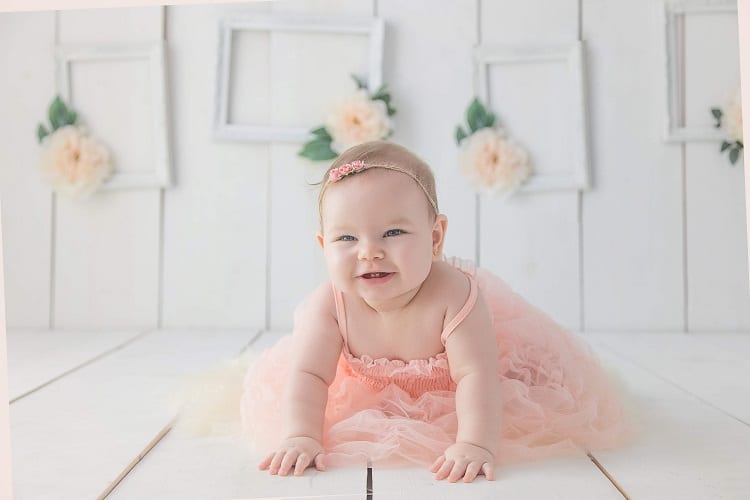
Electricity
Sockets, outlets, and/or exposed extension cords are a major concern for households with young kids, especially toddlers.
At this very young age, your little explorers will start to be curious about pretty much everything. They will certainly stick their hand into any type of opening, which includes outlets and sockets.
Make sure to place the outlets as high as possible, placing them out of reach of your small children. Otherwise, make sure to use plastic caps on electrical openings that are unused.
It’s also safest to keep all electrical items on the top shelf of the cabinet in order to avoid them from falling onto a wet surface. Plugged in devices that came in contact with water can cause electric shock for a child which can result into a serious injury or even death.
Chemicals
Children age 5 and younger are the most prone to accidental poisoning.
They will put anything and everything into their mouth – even if it tastes bad. It is their way of knowing and understanding how things work around them.
Cleaning agents and medicine are the number one cause of poisoning in toddlers this age.
By keeping all products in a safety cabinet, accidental ingestion of chemicals will be mitigated if not totally controlled. The low cabinets can be installed with safety latches as needed. Maximize your safe spaces and make it fun for your kid as well.
Products like steam cleaners, vacuum cleaners and steam mops can also limit the need for potentially-harmful chemicals whilst still keeping your home spotless.
Stuff kids can choke on
Similar to ingesting chemicals, choking is one of the most common causes for children to end up in the emergency room.
Children of a very young age never get tired of putting things into their mouth. Small toys or anything that can fit into their cute little munchers will certainly be chomped upon at any chance they get.
Avoid the chances of your child getting choked by simply putting away things into a cabinet or box far from children’s reach. In addition, always supervise your kids while he’s playing, just to make sure one of his toys doesn’t get used for unintended purposes.
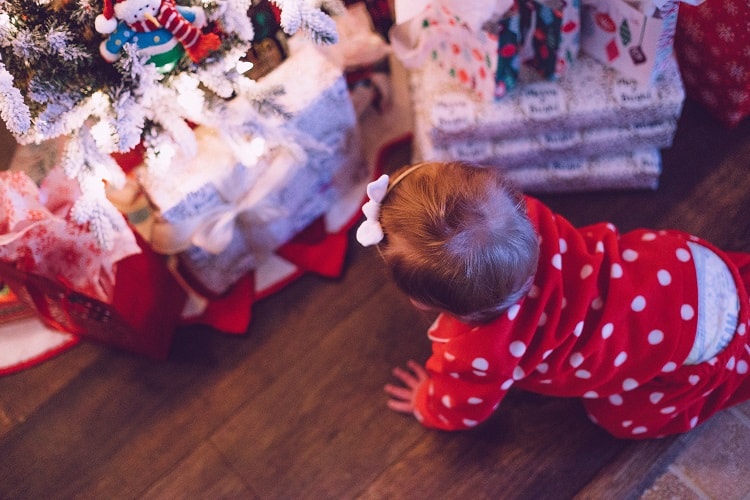
Heights
Children explore their surroundings extremely carefree. They do not give a second thought if it’s safe, scary, or if something is edible or not. As long as they can do it, they will surely charge into things.
Same is true with climbing up on anything like stairs or any elevated space of some sort. Especially babies, they are just so excited to put their arm and leg muscles into use. But it is scary to think of a baby close to a staircase.
The only thing parents can do is to prepare the house to be fall-proof.
First, install safety gates both at the bottom and top of the stairs. Same goes for windows and doors — mount a guard for windows or doors to prevent babies from falling.
All of the above recommendations will help safeguard your child in your home. But remember that the most important thing is to keep an eye on the child and supervise them as often as possible. Prevention is still the best advice to ensure your child’s safety at home.
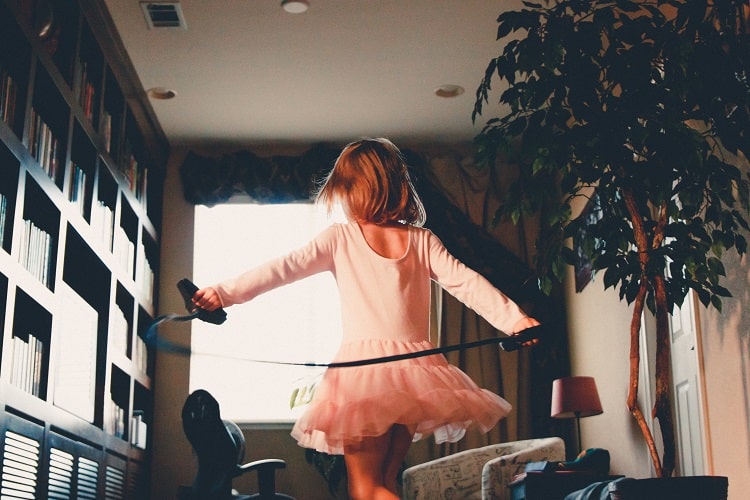
Author: Susan Goebel is a proud mom and a blogger at Little Angels, a little blog that talks about the thankless (but absolutely rewarding) job called parenthood. I’m the mom of 2 little angels – albeit with teeny tiny horns – and everything on this blog is born out of my experience with them.
More helpful tips
How to Make Your Home Cat-Friendly
How to Take Care of Indoor Plants: 6 Top Tips for House Plant Care
What Does Your Home Say About Your Personality? 5 Common Telling Signs


